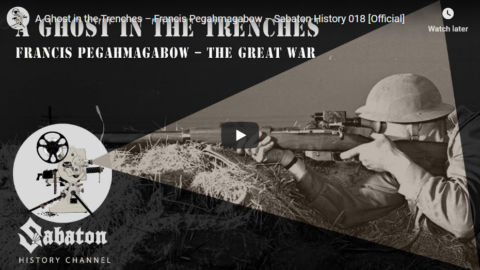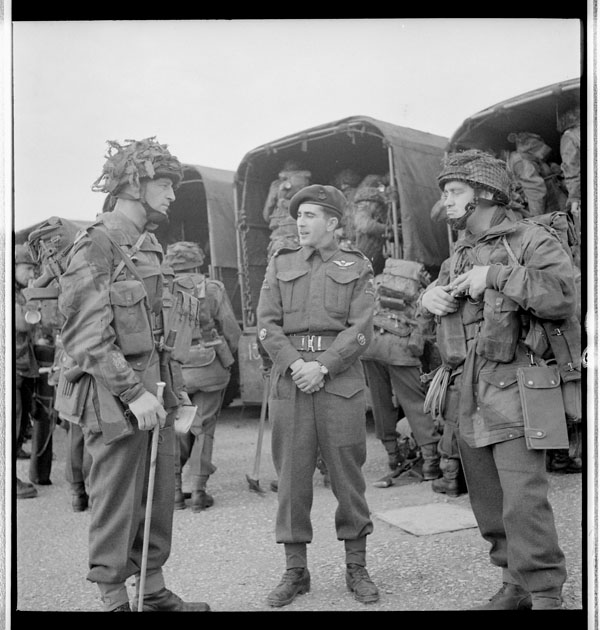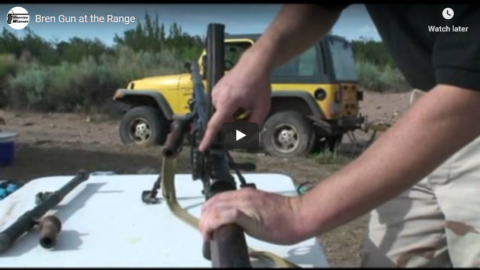Sabaton History
Published on 6 Jun 2019As a ghost he roamed the trenches, effectively taking out his enemies one by one. He was the deadliest sniper of The Great War, with over 300 confirmed kills on his name. He is Canadian soldier Francis Pegahmagabow, born in an indigenous First Nations family, and the The Sabaton Song “A Ghost in the Trenches” is about his life and adventures.
Support Sabaton History on Patreon (and possibly get a History Channel special edition): https://www.patreon.com/sabatonhistory
Pre-order The Great War here: https://www.sabaton.net/pre-order-of-…
Check out the trailer for Sabaton’s new album The Great War right here: https://www.youtube.com/watch?v=HCZP1…
Watch more videos on the Sabaton YouTube channel: https://www.youtube.com/user/Sabaton?…
Listen to Sabaton on Spotify: http://smarturl.it/SabatonSpotify
Official Sabaton Merchandise Shop: http://bit.ly/SabatonOfficialShopHosted by: Indy Neidell
Written by: Markus Linke and Indy Neidell
Directed by: Astrid Deinhard and Wieke Kapteijns
Produced by: Pär Sundström, Astrid Deinhard and Spartacus Olsson
Creative Producer: Joram Appel
Executive Producers: Pär Sundström, Joakim Broden, Tomas Sunmo, Indy Neidell, Astrid Deinhard, and Spartacus Olsson
Maps by: Eastory
Edited by: Iryna Dulka
Sound Editing by: Marek KaminskiArchive by: Reuters/Screenocean https://www.screenocean.com
Music by Sabaton.Sources:
– IWM: Q 454, Q 17730, Q 50690, IWM 255, IWM 778, Q 17780, Q 745, IWM 466, IWM 208, Q 53538, E(AUS) 1497, E (AUS) 4677, E(AUS) 2078, Q 70213, Q 5977, Q 108213, Q 50553, Q 53637, Q 2638, Q 65444, Q 11668, Q 79508, Q 23706, Q 88121, Q 50638, IWM 207, Q 4135, Q 80267, Q 29027
– National Library of Scotland (NLS)
– Library and Archives Canada: Canadians advancing east of Arras.
– Auckland War Memorial Museum: AM 2016.26.1-3
– Canadian War Museum: George Metcalf Archival Collection, CWM 19940003-459, CWM 19920085-006, CWM 19920085-595, CWM 19920085-018, CWM 19940003-370, CWM 20040035-006An OnLion Entertainment GmbH and Raging Beaver Publishing AB co-Production.
© Raging Beaver Publishing AB, 2019 – all rights reserved.
From the comments:
Sabaton History
1 day ago
Many of you have been analysing the tracklist for the upcoming Sabaton Album The Great War. While the subjects of some of the songs are quite easy to guess, the exact topic of “A Ghost in the Trenches” was a mystery for many – although some did predict it correctly. The song is about the Canadian (and indigenous First Nations) soldier Francis Pegahmagabow, the deadliest sniper of the First World War. Indy – having researched and hosted the The Great War YouTube channel for the duration of the war, knows as much as there is to know about the subject, and is the most suitable person to tell you the story behind the song.Enjoy and Cheers!







